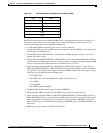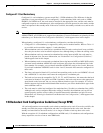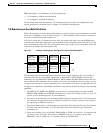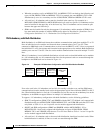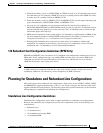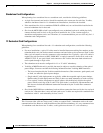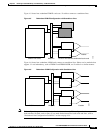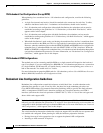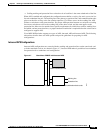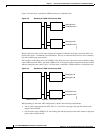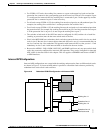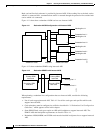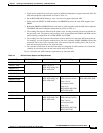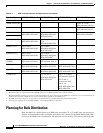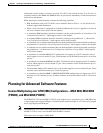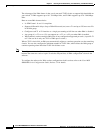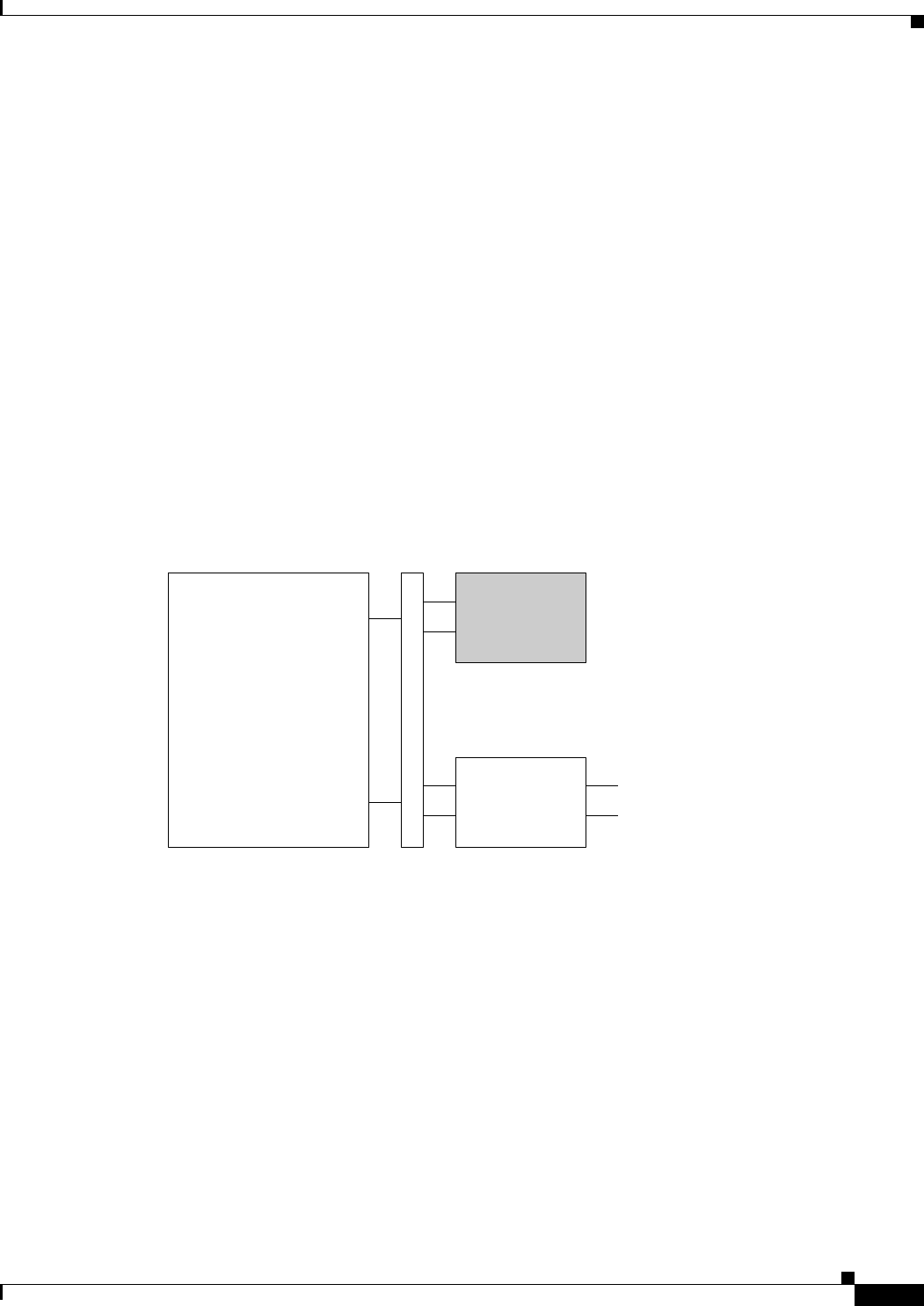
4-15
Cisco MGX 8800/8900 Series Hardware Installation Guide
Releases 2 - 5.2, Part Number OL-4545-01, Rev. H0, May 2006
Chapter 4 Planning for Card Redundancy, Line Redundancy, and Bulk Distribution
Planning for Standalone and Redundant Line Configurations
• Cabling working and protection lines so that the role of each line is the same at both ends of the line.
When APS is enabled and configured, the configuration must define a working line and a protection line
for each redundant line pair. The working line is the primary or preferred line, and communications take
place over that line as long as the line remains operative. If a failure occurs on the working line, APS
initiates a switchover to the protection line. For proper APS operation between two switches a working
line on one switch must also be the working line on the other switch, and the same applies to the
protection line. Most service modules have specific requirements for which lines can host working lines
and which can host protection lines, so proper hardware installation is required before the switch can be
configured to support APS.
Cisco MGX 8850switches support two types of APS: intracard APS and intercard APS. The following
subsections describe these two APS options and provide guidelines for preparing for APS
configurations.
Intracard APS Configurations
Intracard APS configurations are created with the working and protection lines on the same back card
or in the same back card set. As shown in Figure 4-7, intracard APS makes it possible to have redundant
line protection for a standalone card configuration.
Figure 4-7 Standalone PXM1E with Intracard APS
PXM1E front card OC-3c or OC-3c/DS3 combination back cards
Working line
80147
Midplane
Protection line
PXM-UI-S3/B back card



